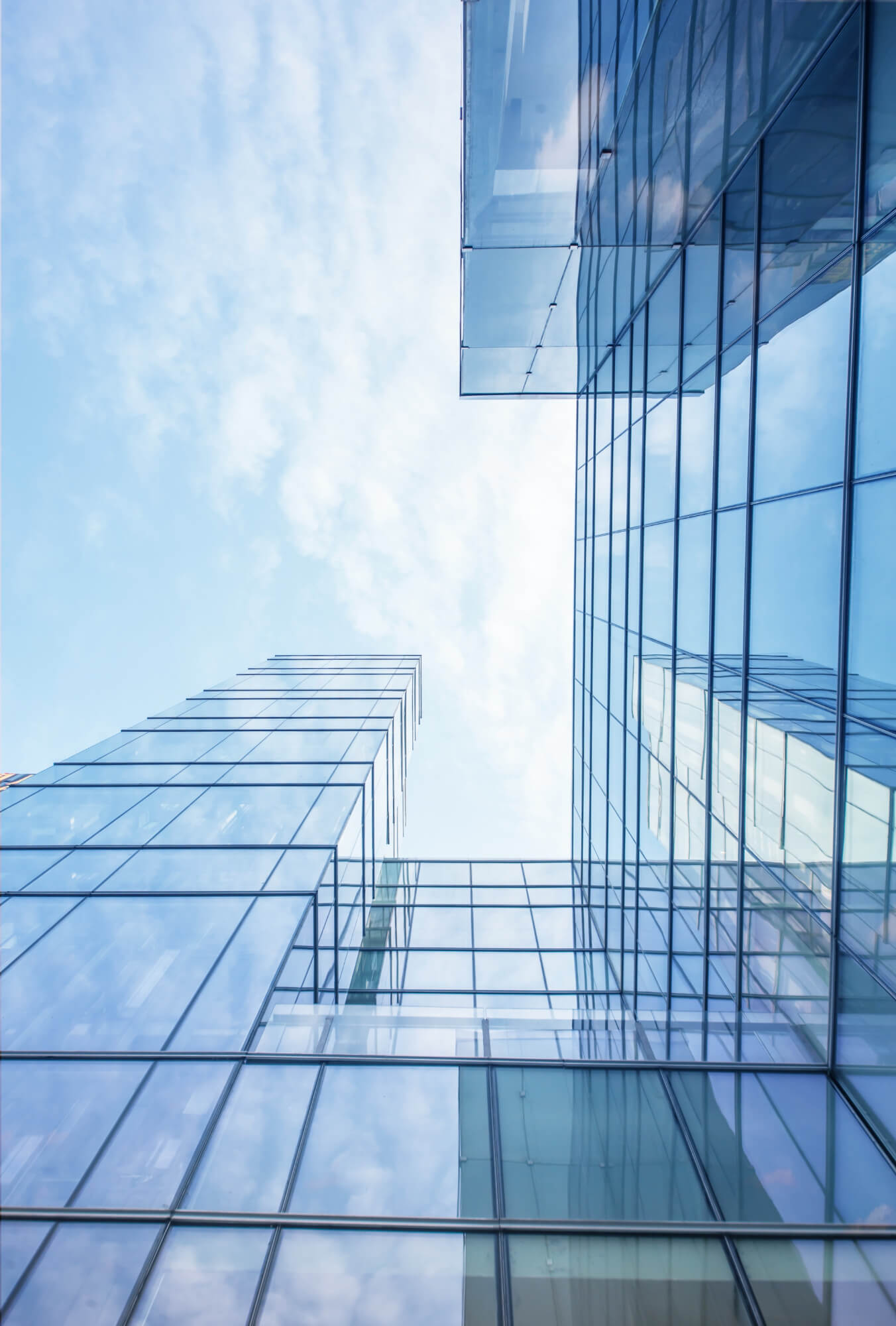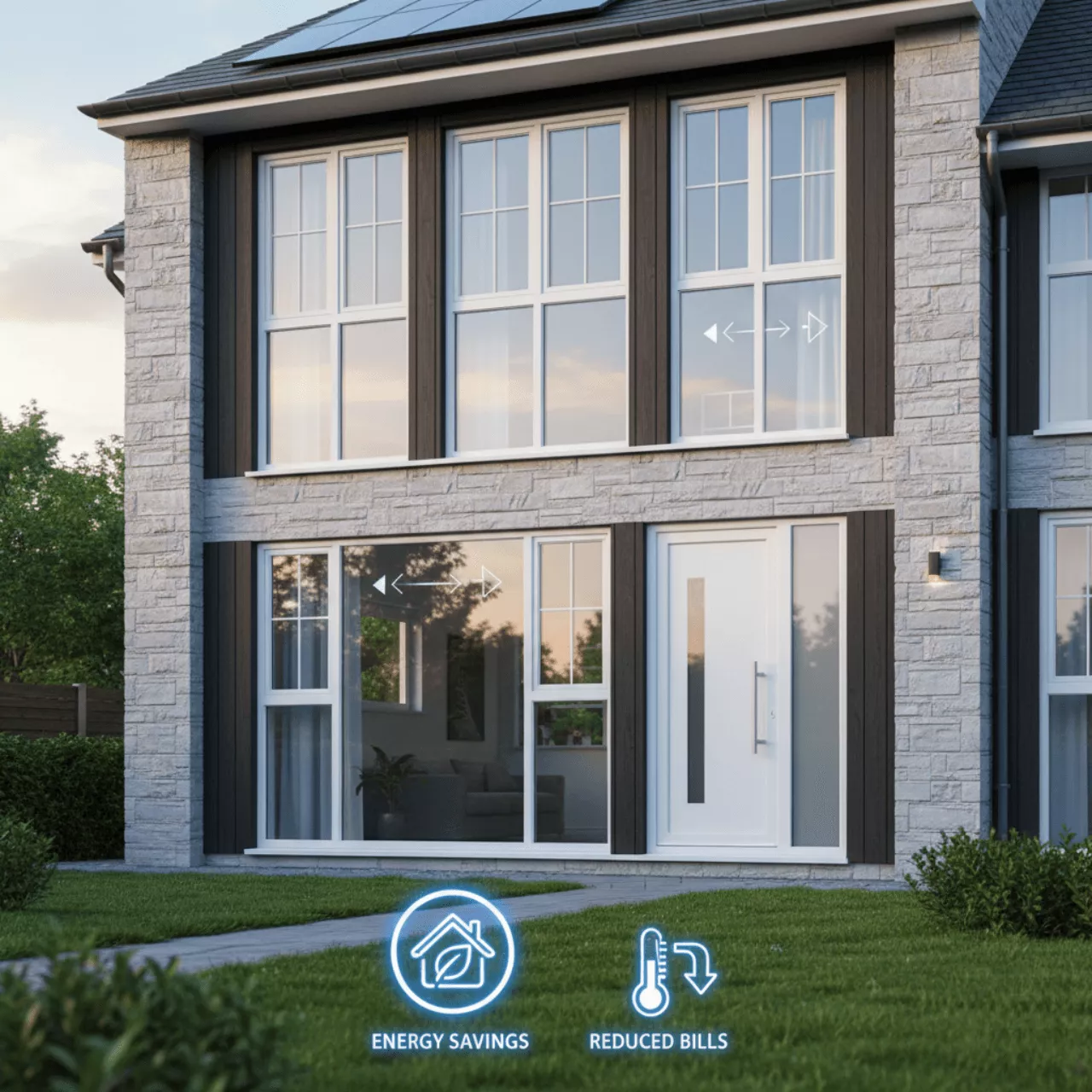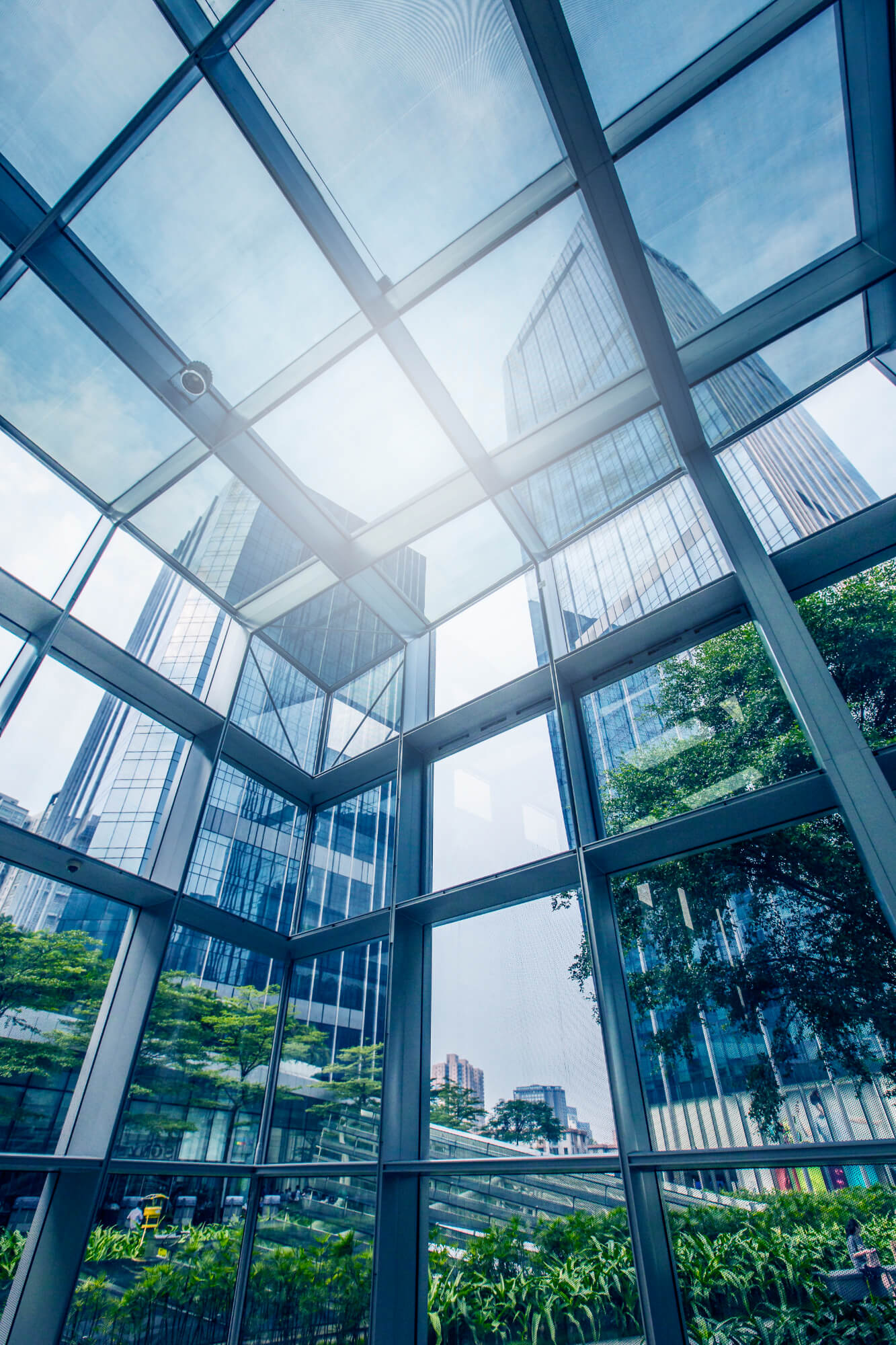In the ever-evolving world of architectural design, the role of glass has transcended mere functionality, becoming a symbol of innovation and aesthetic excellence. In this blog post, we’ll delve into the exciting and transformative trends currently shaping architectural glass design.
1. Sustainability Takes Center Stage
As environmental consciousness grows, architects are increasingly turning to sustainable glass options. Solar-reflective coatings and energy-efficient glazing are on the rise, not only reducing energy consumption but also providing a comfortable indoor environment.
2. Transparency and Openness
Modern architecture leans towards open spaces and the blurring of indoor and outdoor boundaries. Frameless, floor-to-ceiling glass walls and expansive windows create a sense of openness and connection to nature.
3. Smart Glass Technology
The integration of smart glass technology is revolutionizing the industry. Electrochromic and thermochromic glass can be controlled to adjust transparency, shading, and even color, enhancing energy efficiency and privacy.
4. Textured and Decorative Glass
Architects are embracing textured and decorative glass to add character and uniqueness to structures. Frosted, etched, or patterned glass can transform plain surfaces into works of art.
5. Curved and Custom Shapes
Architectural glass is no longer confined to flat planes. Curved and custom-shaped glass is being used to create dramatic, eye-catching facades and interiors.
6. Minimalist Frames
Thin and minimalist framing systems are gaining popularity, allowing for larger glass panels and unobstructed views. This trend emphasizes simplicity and clean lines.
7. Sustainable Materials
Beyond energy-efficient properties, architects are seeking glass produced from sustainable materials and processes, aligning with green building standards.
8. Artistic Glass Installations
Glass installations are becoming focal points in architectural design. From glass bridges to sculptural glass elements, these artistic features add intrigue and sophistication.
9. Biophilic Design
Architects are incorporating biophilic design principles, bringing nature indoors. Glass atriums, skylights, and greenhouses use glass to create spaces that promote well-being and connection to the natural world.
10. Interactive Glass Surfaces
Glass surfaces are becoming interactive, serving as touchscreens and display mediums, adding functionality and a futuristic touch.
In the realm of architectural glass design, the possibilities are limitless. As architects continue to push boundaries, we can expect to witness even more remarkable innovations and breathtaking structures. Stay tuned to stay inspired by the ever-evolving world of architectural glass design.




